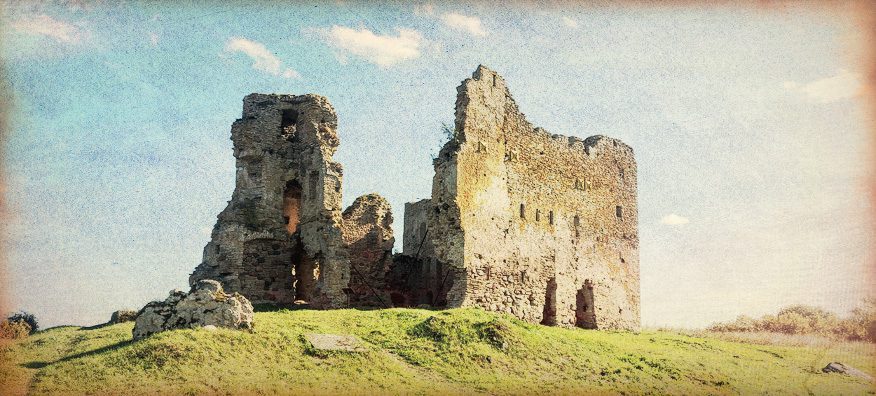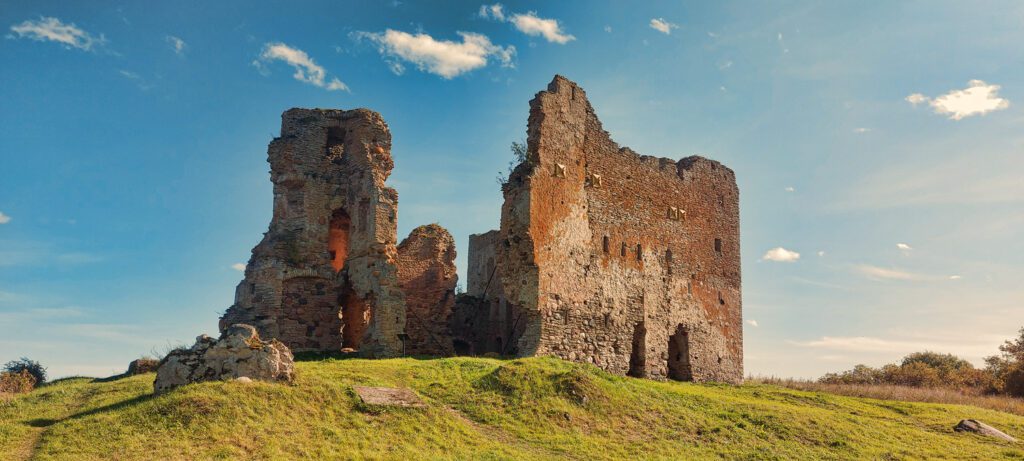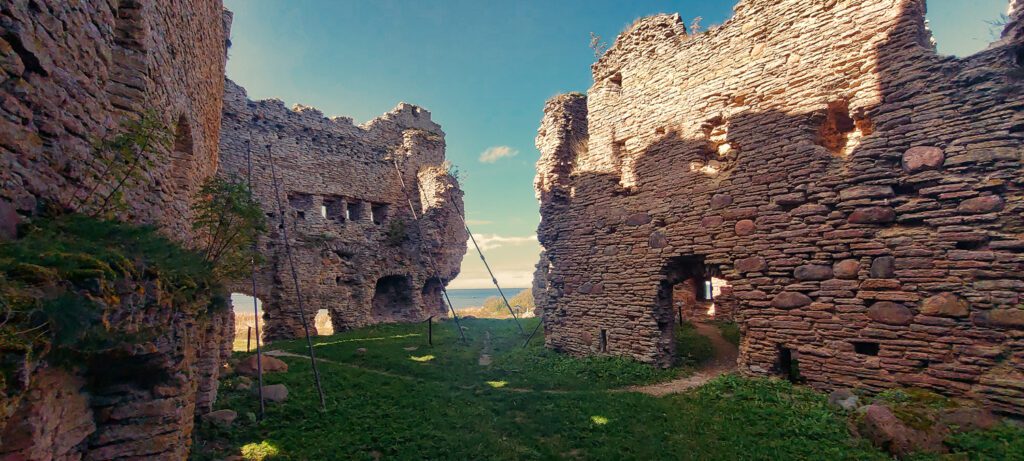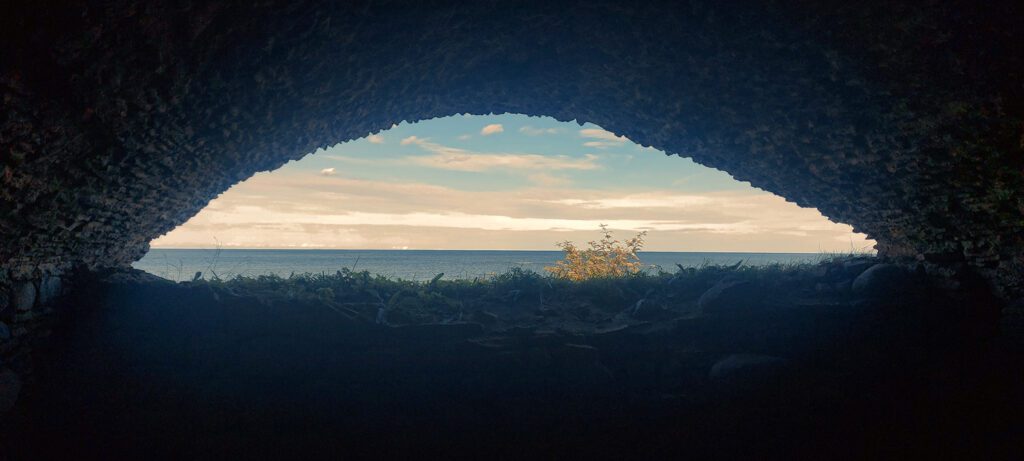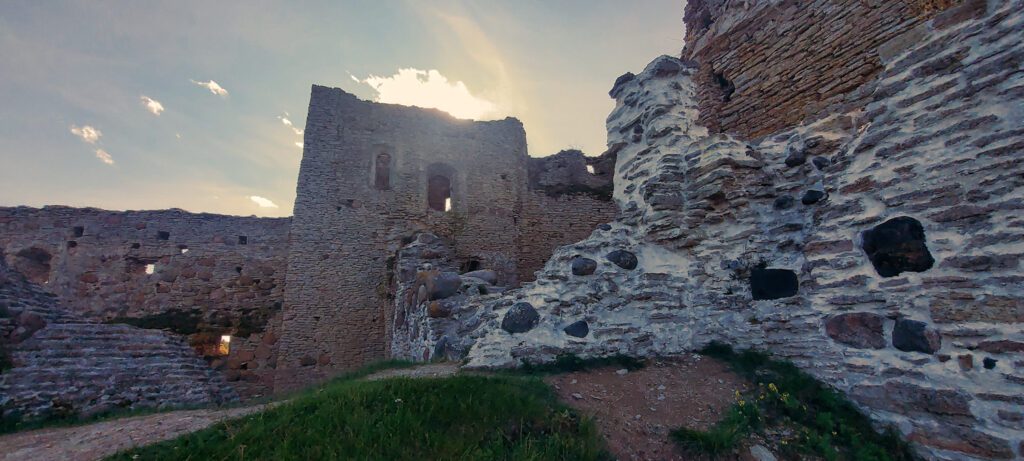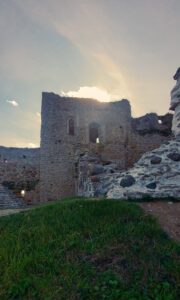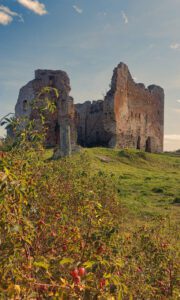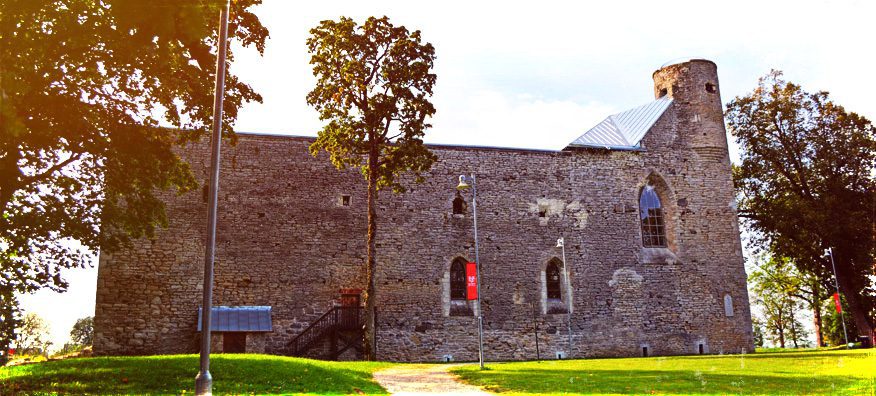Estonia, a country rich in history and natural beauty, houses a remarkable gem of the past – Toolse Castle. Situated in the picturesque village of Toolse, this historical fortress is a testament to Estonia’s heritage and offers visitors a journey back in time. In this article, we delve into the history, architecture, and cultural significance of Toolse Castle.
A Glimpse into History
Toolse Castle, formerly known as Tolsburg in German, holds the distinction of being the northernmost and relatively “youngest” castle of the Livonian Order within Estonia’s borders. Its construction dates back to the year 1471, under the leadership of Master Johann von der Recke, a notable figure in the Livonian Order. The primary purpose of building this fortress was to safeguard the local port from pirate raids, reflecting its strategic significance.
Originally, the castle consisted of a three-story fortified house with a tower, which later became the western side of the castle. By the end of the 15th century, the castle had undergone significant expansion, transforming into a complex with both outer and inner courtyards, surrounded by walls towering 14 meters high and two meters thick.
As the castle continued to evolve, a gate tower was erected to guard the newly established outer courtyard and the northwest corner of the fort. A round artillery tower was constructed behind the main wall of the old fortified house. Simultaneously, the height of the castle walls was increased, and two danzigs (small fortifications) were added on the northern side.
The construction of Toolse Castle spanned two centuries. During the Livonian War (1558–1583), it suffered significant damage, and it was mentioned in the Treaty of Tyavzino (1595), where Russians renounced their rights to several Estonian castles and their territories.
In the subsequent years, the castle underwent partial reconstruction but was only partially usable by the beginning of the 17th century. During the Great Northern War (1700–1721), the castle ultimately fell into ruins and was eventually abandoned.
In 1998, the castle’s ruins were added to the State Register of Cultural Monuments in Estonia, recognizing its historical and cultural significance.
Cultural Significance
Today, Toolse Castle holds immense cultural importance. It stands as one of Estonia’s key historical landmarks and is included in UNESCO’s World Heritage Sites. The castle serves as a venue for cultural events, exhibitions, and festivals, drawing art enthusiasts and history buffs from around the world.
Additionally, Toolse Castle is a popular tourist destination. Travelers visit to delve deeper into the region’s rich history and to admire the beauty of its ancient architecture. The castle is surrounded by breathtaking natural landscapes, making it an ideal spot for leisurely walks and photography sessions.
In conclusion, Toolse Castle is not just a testament to Estonia’s historical legacy but also a symbol of national pride and cultural richness. Its allure and significance continue to inspire people of all ages and backgrounds. If you plan to visit Estonia, do not miss the opportunity to explore this historical treasure. Toolse Castle awaits with open arms, ready to offer an unforgettable experience and a glimpse into Estonia’s fascinating past.
Fotos: D. Ignatjev
[mapsmarker marker=”33″]

